Whether you want to choose a pair of road cycling glasses and don’t know what the differences are between the different tints, or you need to know which lens color is best for mountain biking, in this post you will find information about each option, applicable not only to cycling glasses but also to snow goggles and casual eyewear.
Before we begin, let’s explain some basic concepts:
- Lens tint – The color with which the “glass” of our eyewear has been tinted. The tint can be solid or gradient and it acts as a light filter. It can enhance contrast, boost a color, improve sharpness, etc.
- Polarized lenses – Polarized lenses have a filter that blocks sunlight reflected off flat surfaces from reaching our eyes horizontally. It only lets through the light that comes in vertically. This way we avoid the blinding glare reflecting off the road, other vehicles, sea water, etc.
- Photochromic lenses – Photochromic lenses lighten or darken depending on the amount of ultraviolet radiation they receive. If it is very sunny they will get darker and if there is no sun they will get clearer. If you want more information, here is a post dedicated exclusively to this type of glasses.
- Mirrored lenses – This type of sunglasses have a very thin outer coating that reflects light, reducing the amount that reaches our eyes. They are especially suitable for very bright days because they reduce glare and make our eyes suffer less fatigue.
Two IMPORTANT remarks to bear in mind:
- The tint of the lens is not always its external color. This is especially true for mirrored models because the coating covers the tint of the lens.
- Our perception of colors only depends on the tint of the lens, regardless of its external color and no matter if it is polarized, photochromic or mirrored. That is to say, black lenses can be polarized and at the same time have a silver, black or green mirror coating, and still, in all of them our perception of color is not affected. This also happens in the case of photochromic models with yellow lenses that increase contrast in low light or haze conditions and whose tinting darkens or lightens depending on the UV rays that reach them.
It should also be noted that, by reducing glare, a polarized lens, both mirrored and non-mirrored, provides true color perception and natural contrast.
A further point to emphasize is that the level of protection of a pair of sunglasses or cycling glasses is determined by:
- The UV radiation filter which, according to ISO 12312-1:2013+Amd 1 2015, must be UV400 in all sunglasses on the market. This means that the lens blocks 99% to 100% of UV rays with a wavelength of less than 400 nanometers.
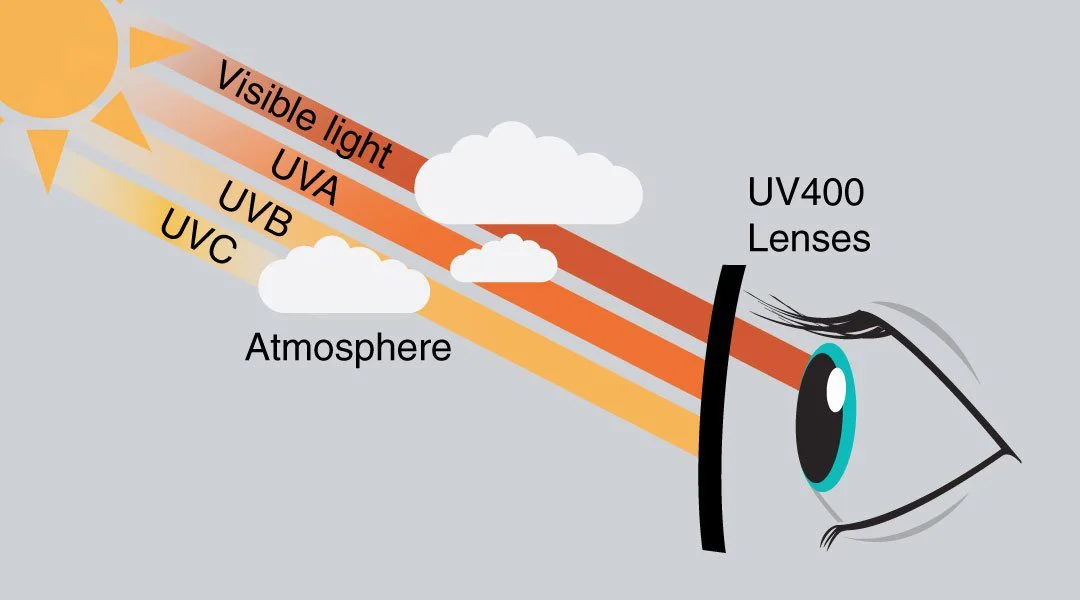
- The lens category indicates the % of visible light transmission (VLT), that is how much light the lens lets through. It ranges from 0 to 4, with category 0 letting most VLT through and category 4 blocking most of it.
|
Category |
0 |
1 |
2 |
3 |
4 |
|
VLT % |
80% – 100% |
43% – 80% |
18% – 43% |
8% – 18% |
3% – 8% |
|
Sunlight |
Overcast |
Low |
Medium |
Strong |
Very strong |
Therefore, we must be very careful where we buy our eyewear because we might get very dark lenses that allow us to look at the sun without blinking, and still remain completely unprotected against UVA and UVB radiation, which is completely reckless. The first thing to look for when buying a pair of glasses is to check that they offer UV400 protection.
Which tint is best for cycling?
It depends. There is no single answer as there are several factors that come into play when choosing the lens tint:
- The cycling modality you practice.
- The weather conditions
- The terrain you ride or will ride on. For example, if it is full of shadows or if it is an area near the sea.
- How intense the light is. The time of year or day, the altitude, the latitude, etc. all influence the amount and intensity of light.
- Personal preferences.
That said, let’s take a look at the most common tints, see what each of them does to our eyesight and light perception and for what kind of circumstances they are recommended or not:
Black and gray
A category 3 black or gray lens reduces the amount of light reaching the eye, which in turn decreases eye fatigue.
Maintain true colors.
Perfect for everyday use and sunny days, especially for road cycling. Also for cloudy days with high light intensity.
They are not recommended for MTB riding in areas with a lot of shadows or where you need to see depth and contrast clearly.
Not suitable for night riding.
Brown
It is not a fashionable color but brown tinted lenses filter out blue light waves and enhance green, improving contrast, clarity and depth perception.
Glasses with brown tinted lenses offer as much protection as black or gray lenses, so they are suitable for road and mountain biking in sunny or bright conditions. Like the previous ones, they are also not useful at night.
Amber
They have a light filter similar to the brown ones but do not block as much light and are halfway between the previous ones and the yellow ones, so they are suitable for cloudy days or poorly lit terrain such as trails or shady forest areas. They can also be used at night if you drive through well-lit areas.
If the amber shade is very dark, they can be used on sunny days. If the tint is light, they are not suitable for days with high light intensity.
Pink
They improve contrast, reduce eye fatigue, increase visual acuity, but distort colors. This is not necessarily a bad thing, but it must be taken into account in some circumstances.
Suitable for low light conditions (gloomy days, fog, mist, dusk, dawn) both on the road and in the mountains.
Don’t put them on if it’s very sunny unless you plan to ride into a lush forest straight out of fairy tales. And be careful, as they distort the colors, you may start to see strange things.
Yellow and orange
They filter out blue light waves allowing for enhanced focus, depth and distance perception, and better vision in very low light.
The perfect choice for very cloudy days as well as fog, haze or dense mist. Also suitable at dawn or dusk or in areas where plants and trees do not allow enough light to pass through.
Just like the previous ones, do not use them on bright, sunny days.
Green
Neutralizes colors allowing them to be perceived evenly. Improves vision in shaded areas and eliminates glare quite well on sunny days.
Although it is not the best color for cycling, you can use them on rainy days and for riding in the forest and in the mountains.
As we said at the beginning, although the lens may have a green mirror coating on the outside, the tint is usually black or gray.
Blue and purple
They reduce glare, help define contours, enhance color perception, reduce eye fatigue and, last but not least, they are visually appealing and trendy.
They work very well in changing light conditions, which is particularly useful for mountain biking, but not on bright, sunny days.
So much for the most common lens colors, but we wouldn’t want to stop without mentioning one more type:
Clear lenses
They do not alter your vision and, although they offer best performance at night or on very cloudy days and they are not recommended for very sunny days, you can use them at any time to protect your eyes from dust, insects, wind and of course against UV rays, since Siroko’s clear lenses are a real shield against dangerous radiation.
As we said at the beginning, when choosing a lens color, it is important to take into account the terrain, the sunlight intensity, the amount of shadows and, of course, personal tastes because feeling and looking good in your eyewear is key.
This is not a decision to be taken lightly because some tints sharpen your vision and allow you to see details more quickly and clearly. This reduces your reaction time which improves your safety and also your performance.
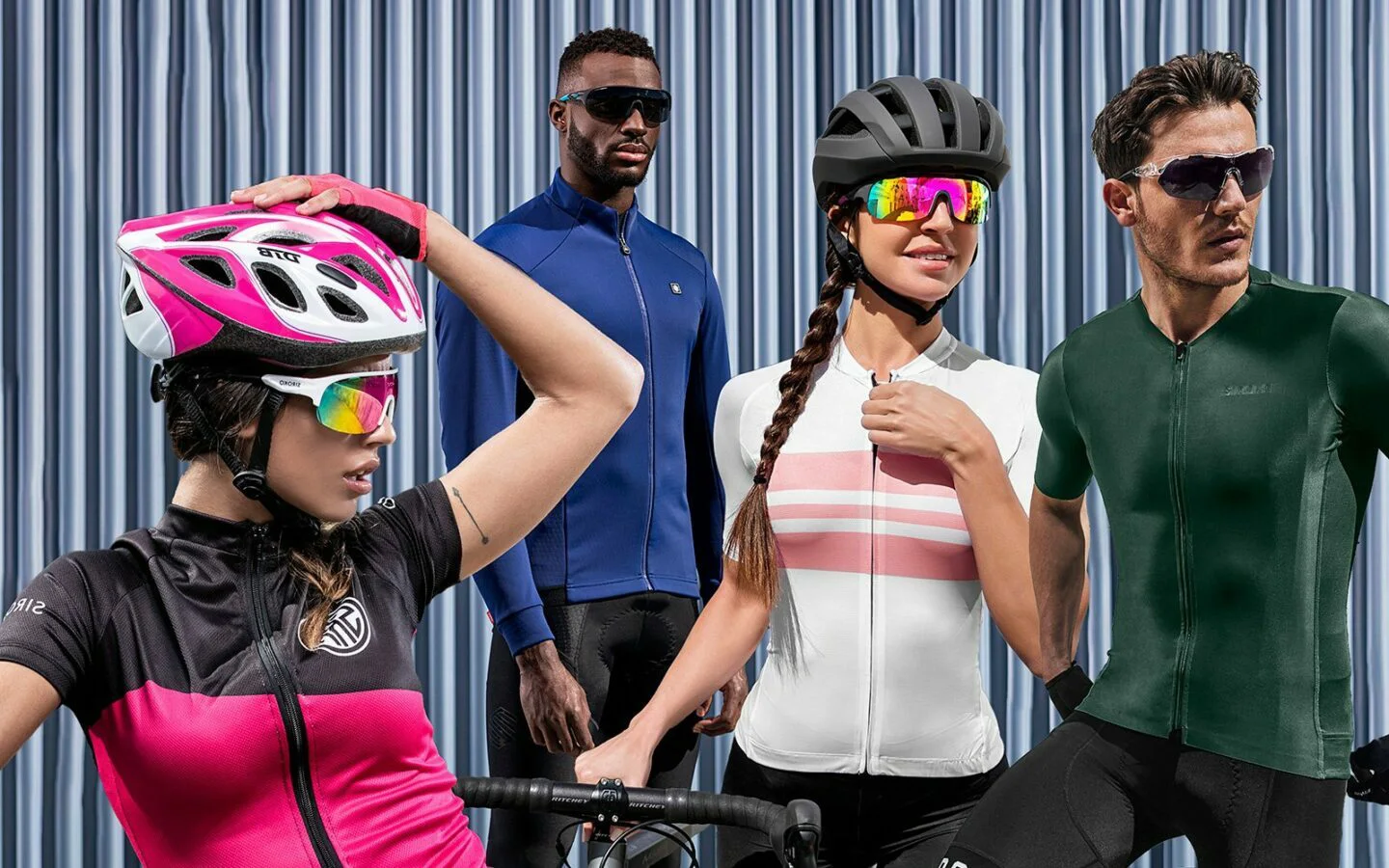
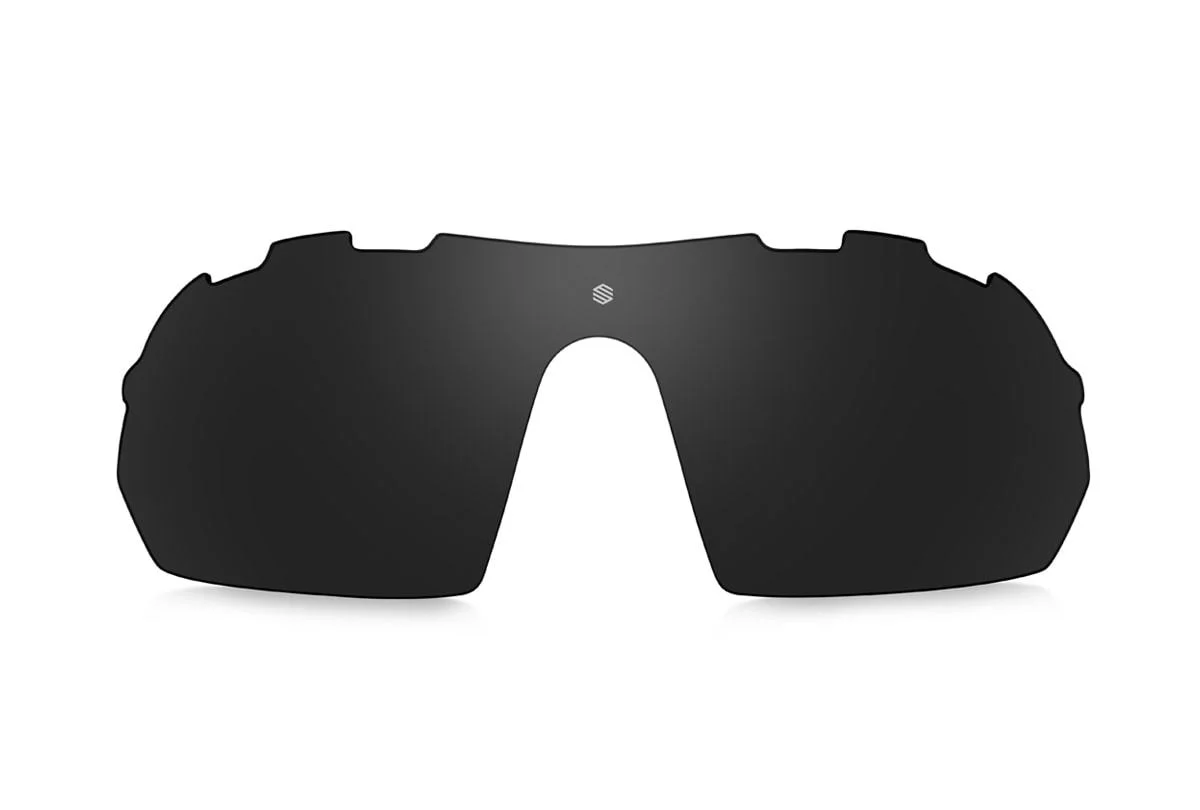
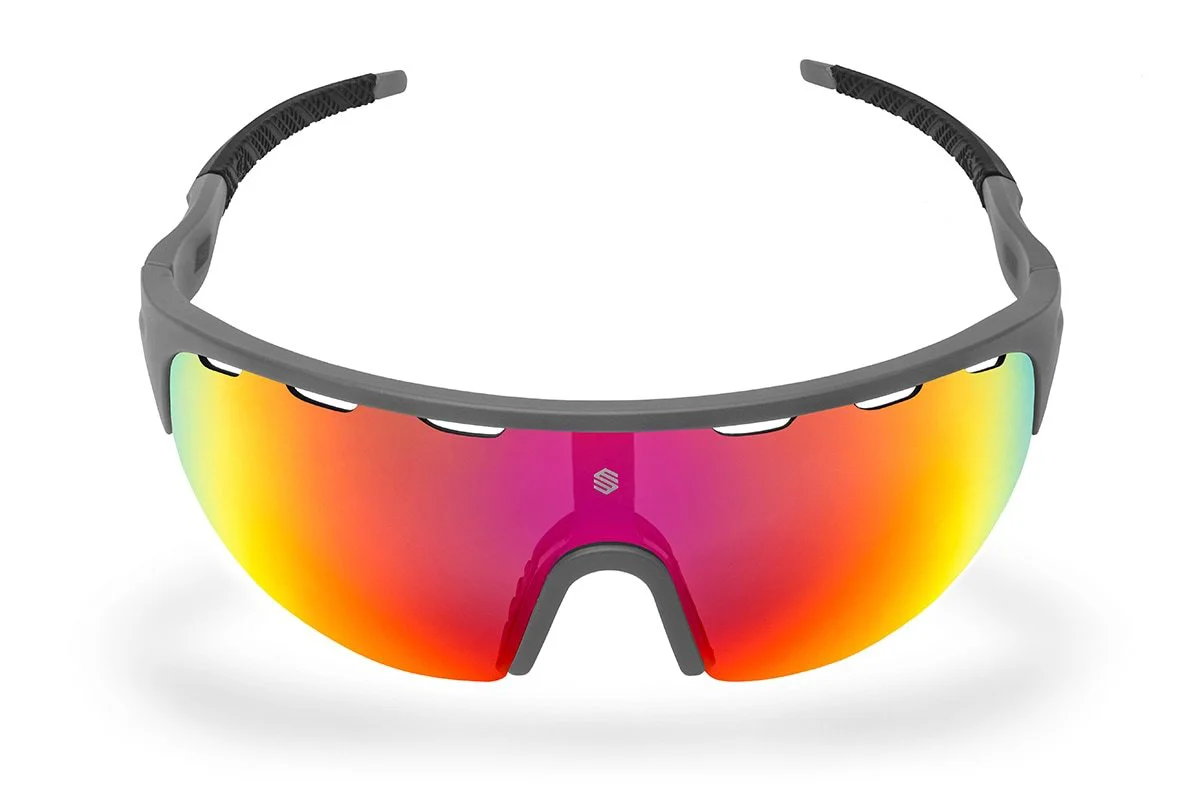
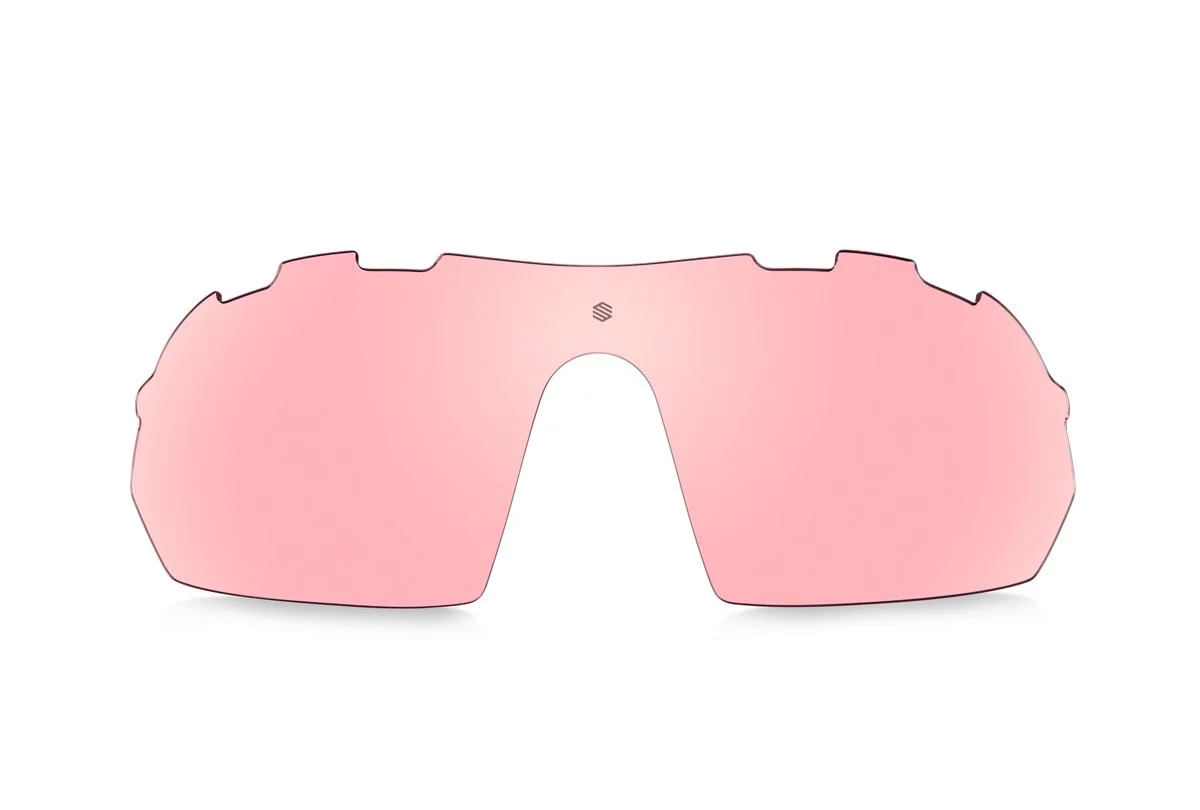
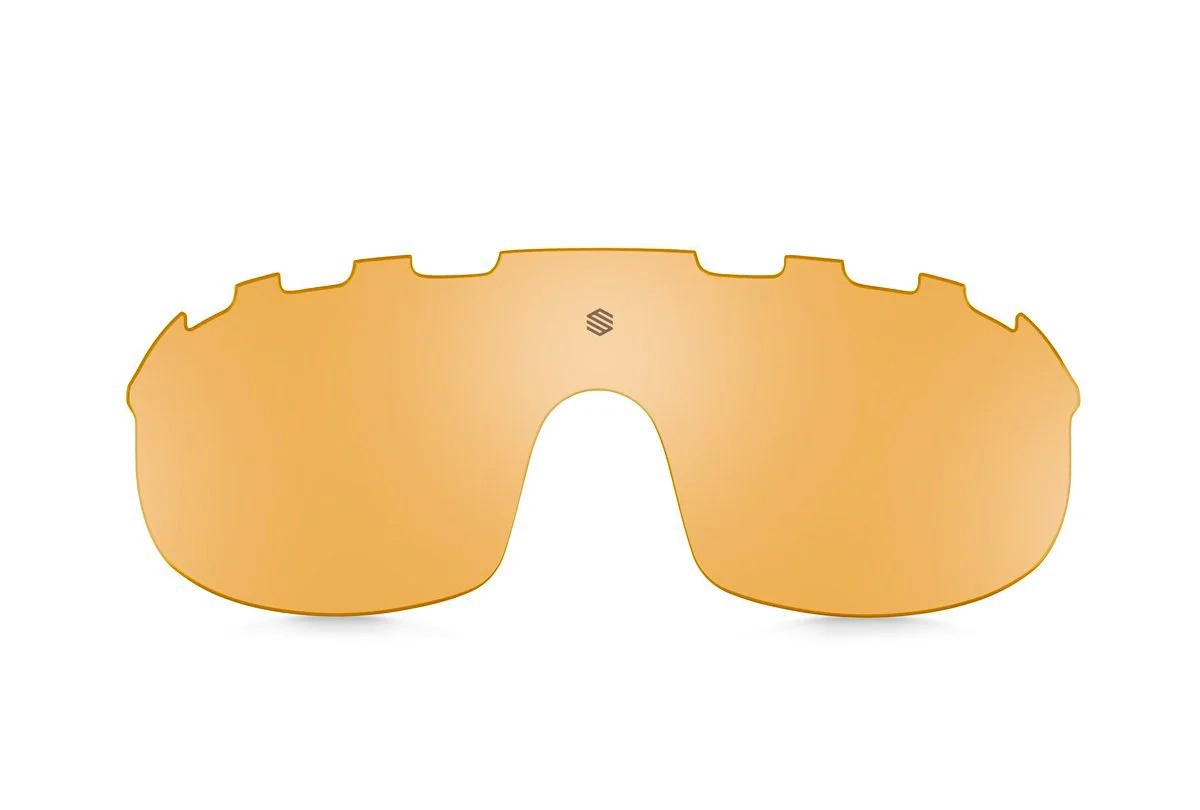
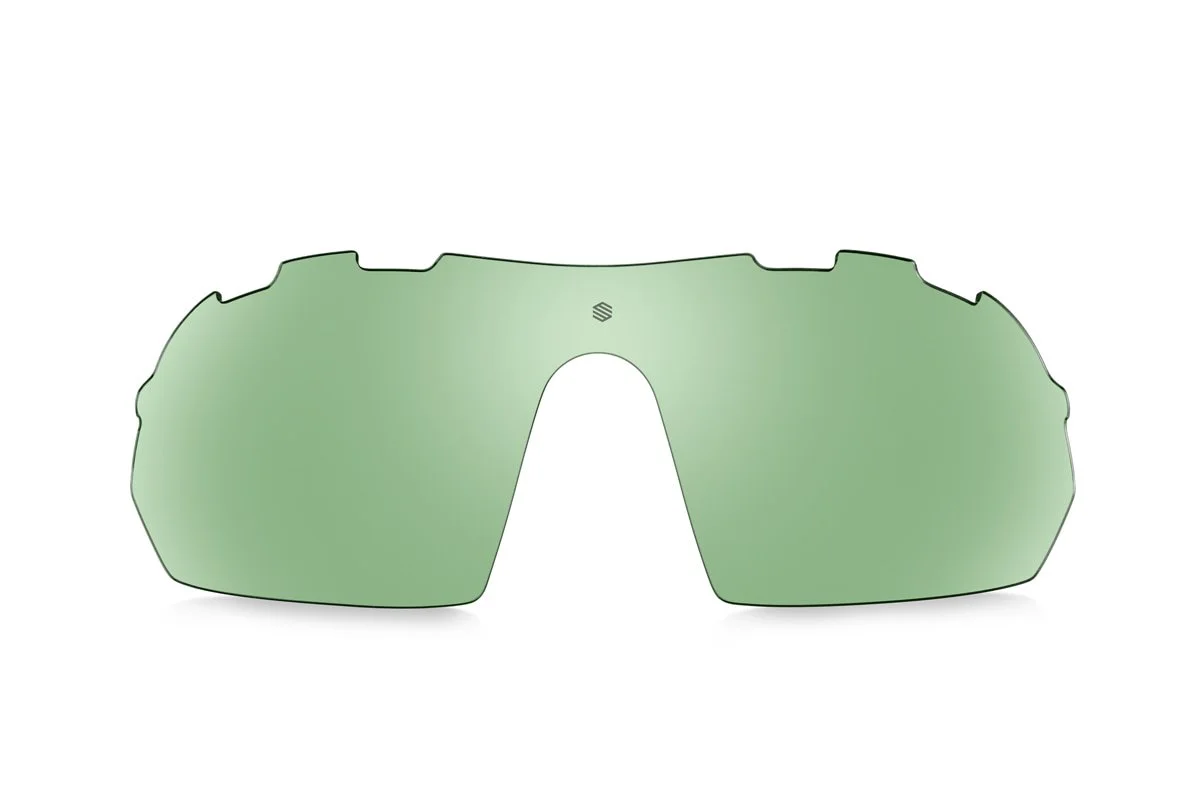
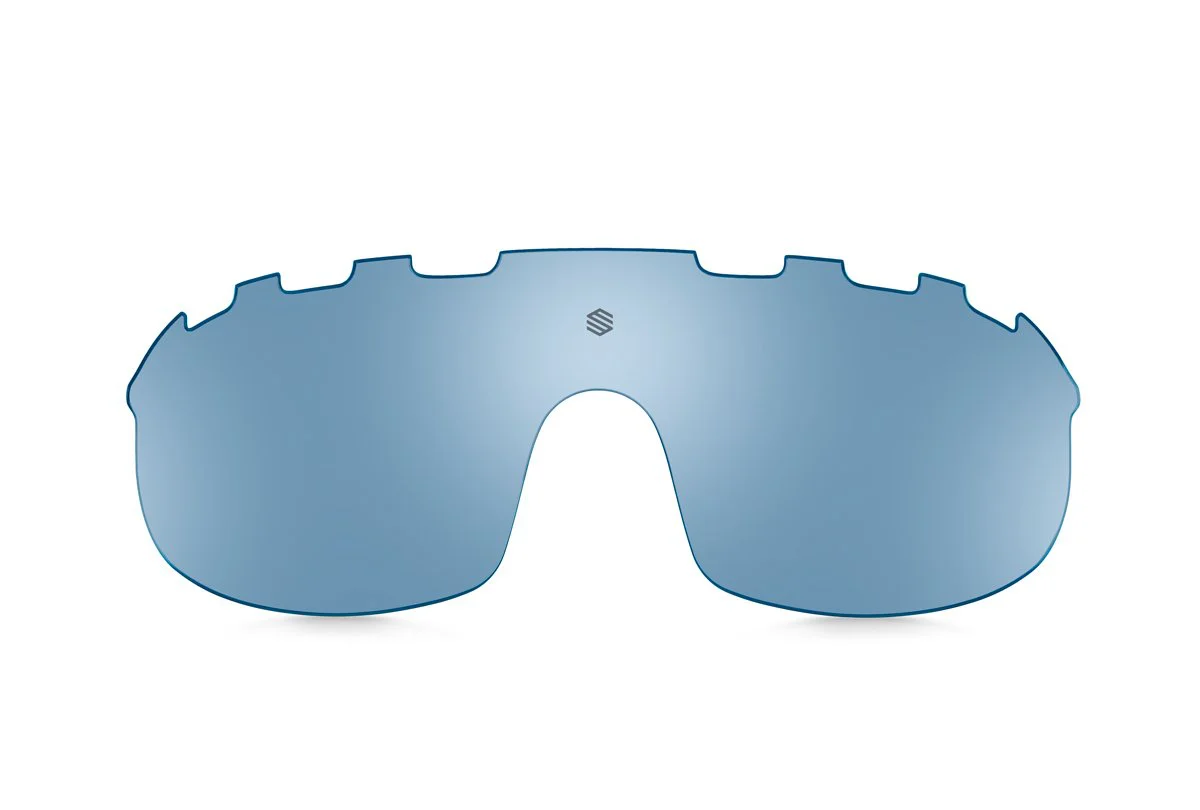
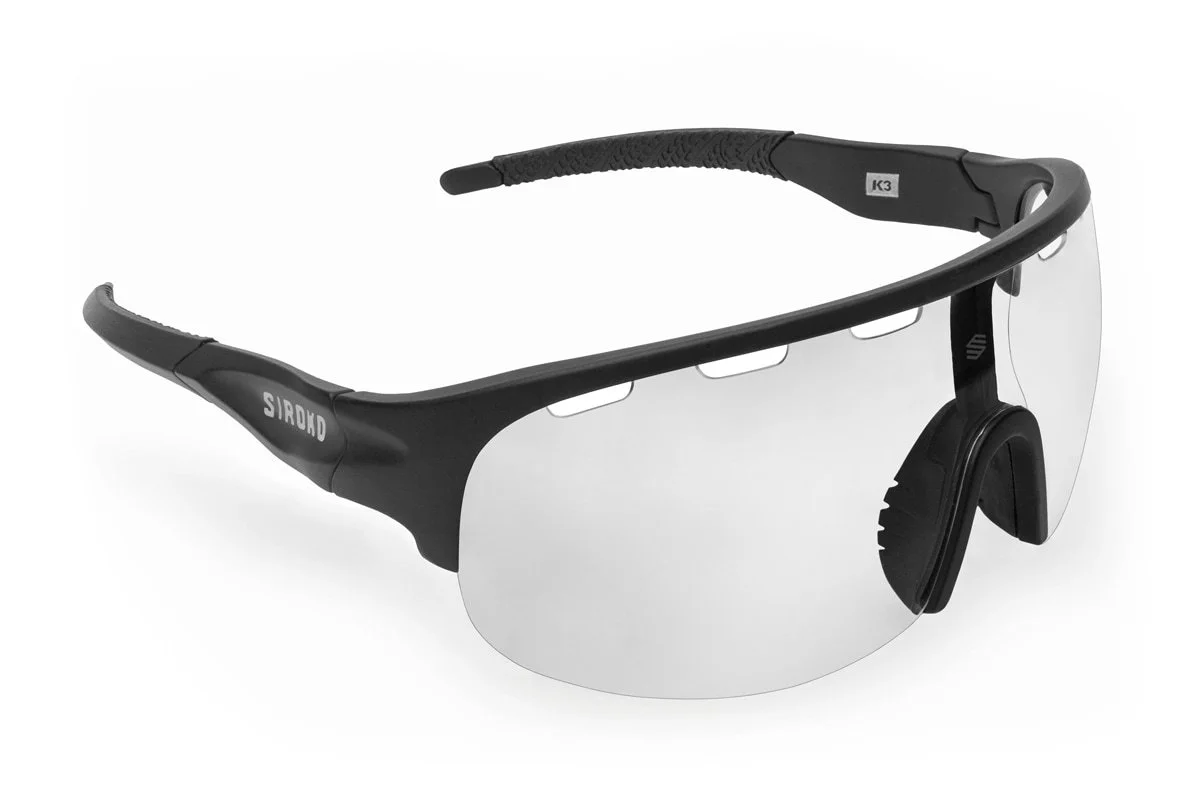
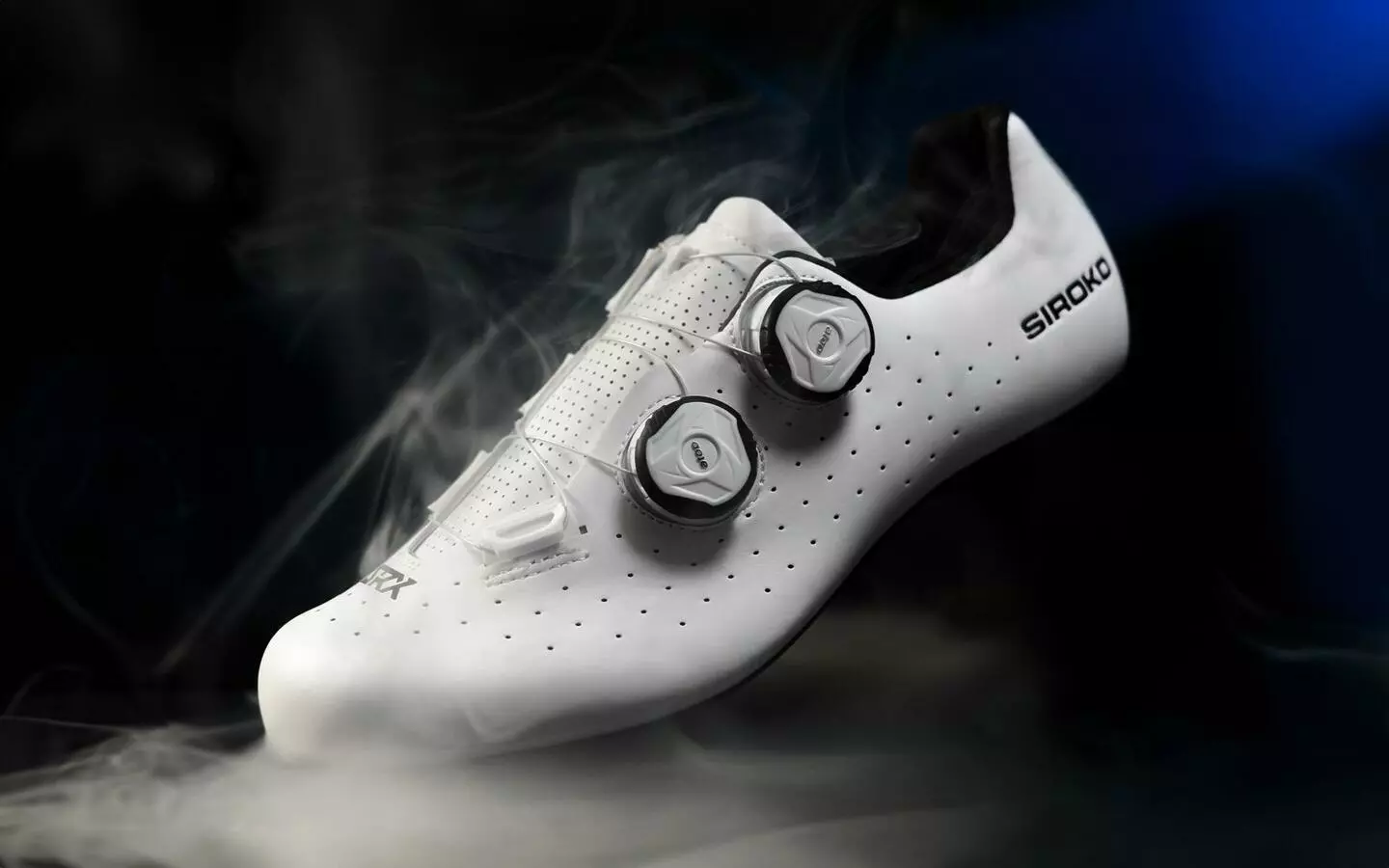
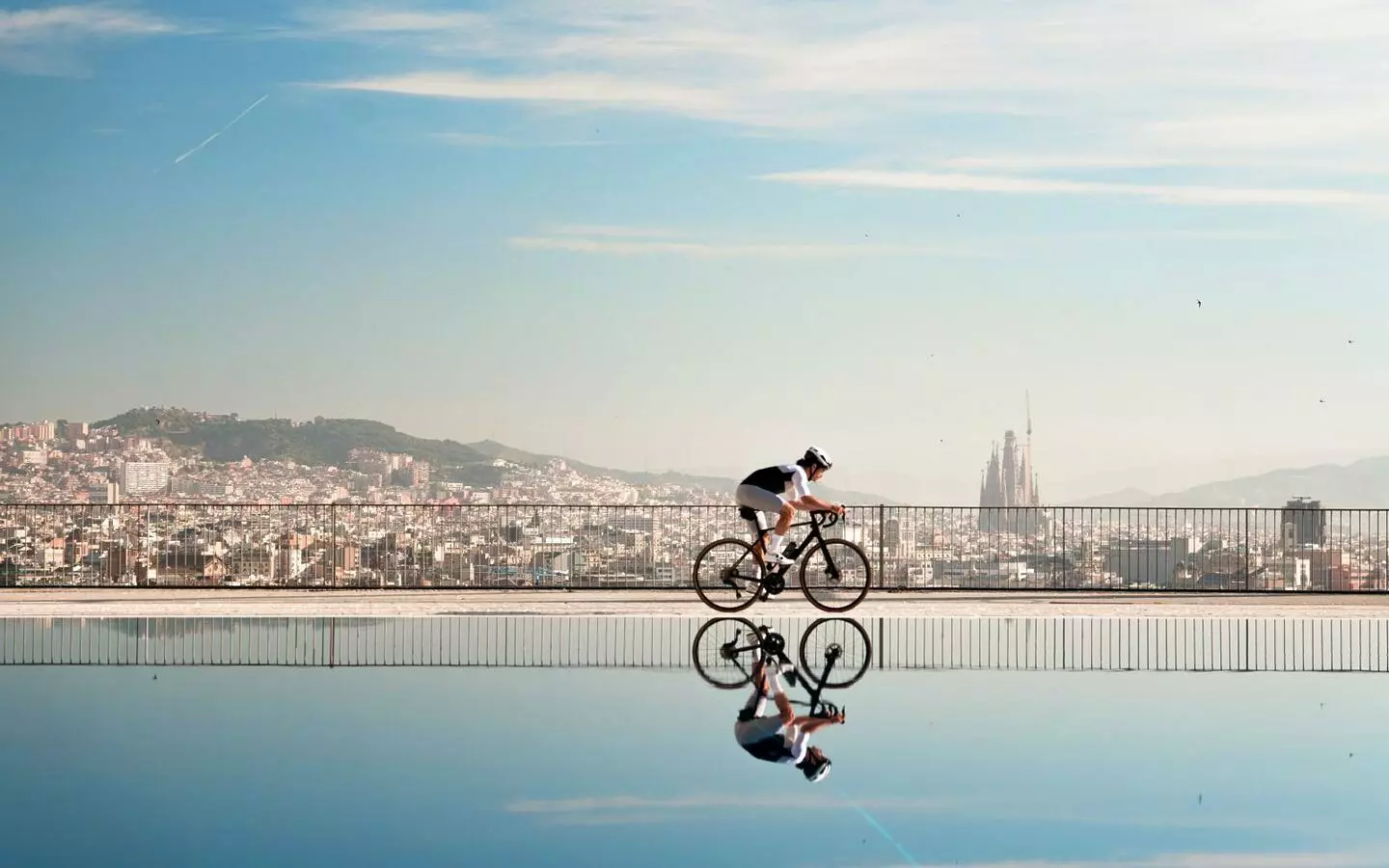
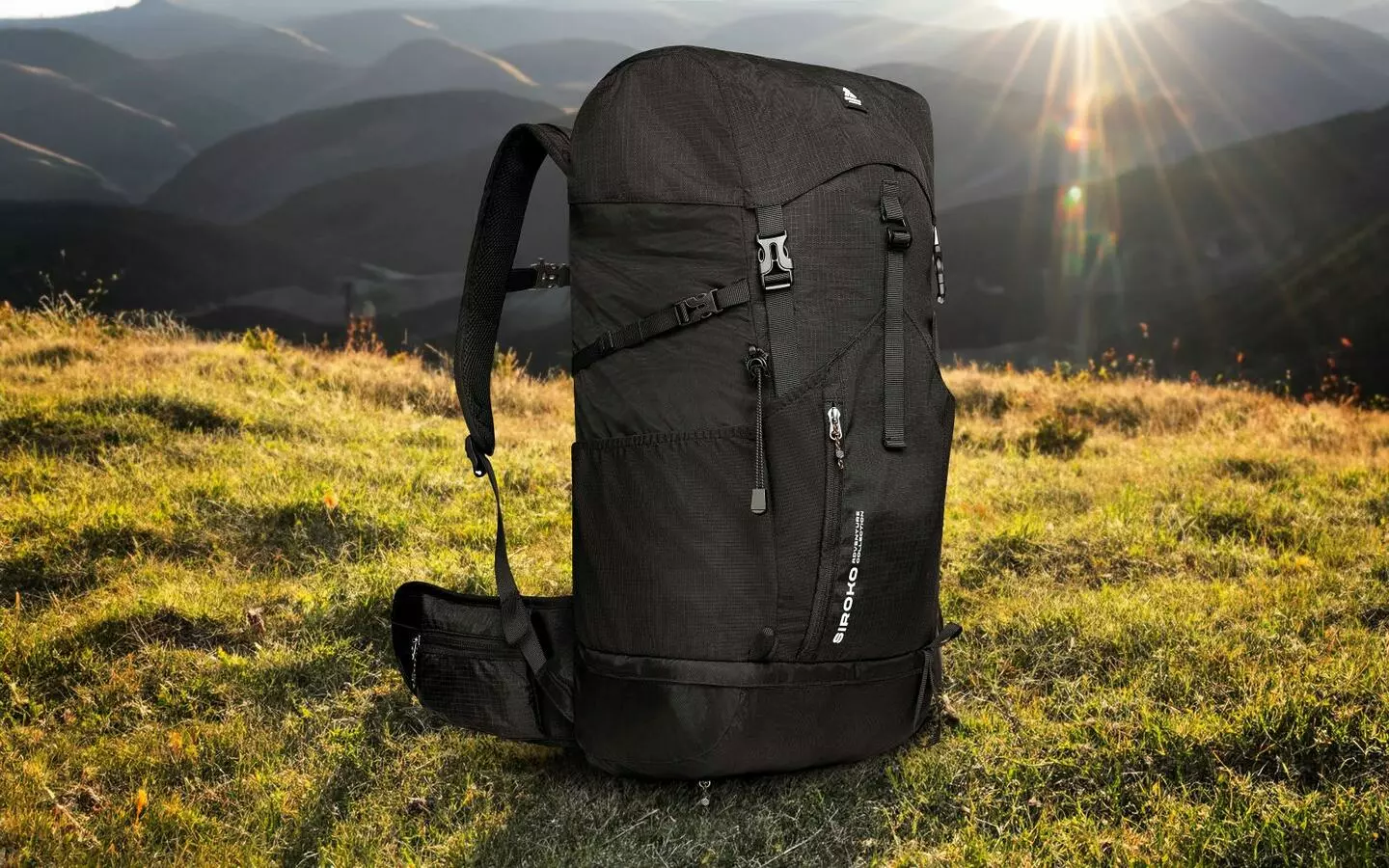
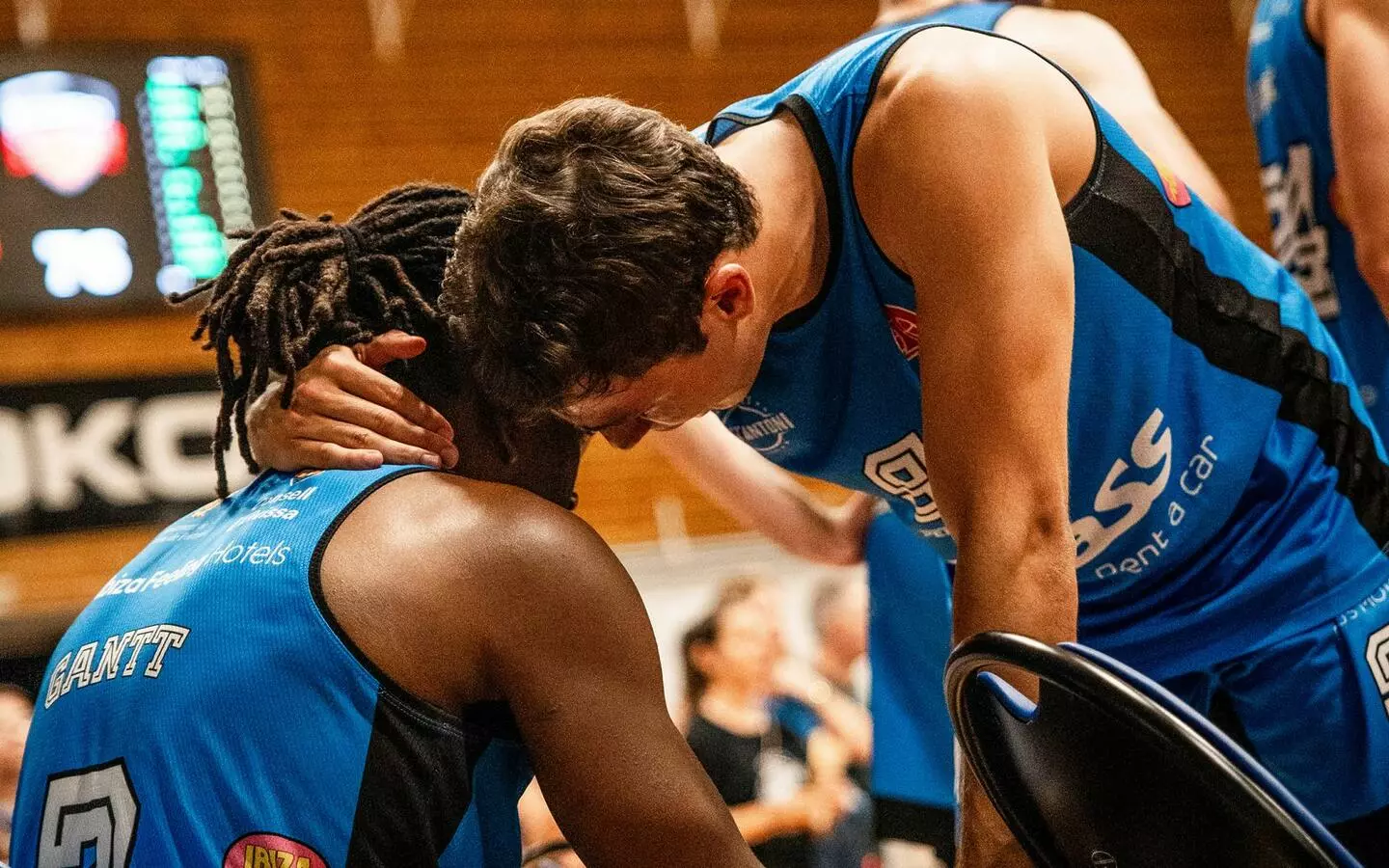
Hi
Is all your sunglasse have 400uv protection ? I dont see the specification on the tech spec of product
Thanks
Hi Antoine,
Yes, all our sunglasses, goggles and lenses, sport and lifestyle, have UV400 protection. You can see it in the product description.
Best regards
Hey! No not all your products (sunglasses) says that they have uv400 protection!
Hello Noel,
If you scroll down, you can find the K3, K3s, K4 or X1 Technology and there is where we say that our sunglasses have UV400.
Best
Siroko
Pingback: راهنمای خرید خرید بهترین توپی دوچرخه | خرید بهترین توپی دوچرخه با کیفیت